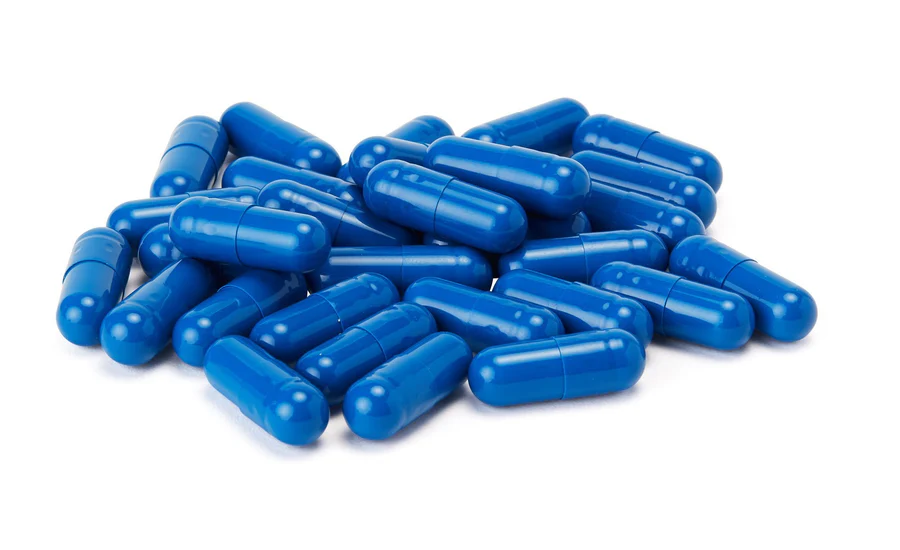Where Does CBD Come From?
The cannabis plant itself has a long history, with earliest recorded use appearing to be in ancient China, sometime around 6000 B.C. But CBD as we know it was not discovered until 1940, by an American chemist named Roger Adams – a descendent of John Adams, the second president of the United States! Roger Adams was the first person to isolate and identify CBD.
Unfortunately, in 1970 came the Controlled Substances Act, which made the possession of cannabis illegal and threw all forms of cannabis, including the hemp plant, into the same category. It wasn’t until the ‘90s that some progress toward legalizing cannabis for medicinal purposes was finally made. California was the first state to legalize medical cannabis. Massive progress has been made since then, with medical cannabis now legal in 36 states, while recreational cannabis is legal in 18 states, and public opinion continues to grow in favor of both.
Partially due to the groundswell of support for medical cannabis, CBD has become more and more popular. This is largely due due to the fact that it may be able to provide many medical benefits without the psychoactive components of THC.
Now, a plethora of research into CBD’s ability to help with pain is ongoing, with many studies showing promising results. A short list of studies includes a 2006 article which describes that preclinical and clinical studies have suggested that CBD may be useful in treating diverse diseases, including those related with acute or chronic pain; 2019 study that found application of CBD cream for pain twice a day to provide pain relief for a group of people suffering from a particular kind of jaw pain; a 2020 study about nerve pain in which many participants experienced reduced pain levels with the use of topical CBD oil; and a 2020 review of CBD formulations in pre-clinical studies found to have diverse medicinal properties, including anti-nausea, anti-emetic, anti-tumor, anti-inflammatory, anti-depressant, antipsychotic, and anti-anxiolytic.
Hemp vs. Marijuana
A quick lesson on hemp vs. marijuana: they are both botanical classes of the Cannabis Sativa plant, but tend to be grown for different reasons, resulting in different uses. Marijuana tends to have higher concentrations of THC and is typically grown for recreational, entheogenic, and medicinal purposes. Hemp is grown specifically for industrial and medicinal use, has naturally lower concentrations of THC, and higher concentrations of CBD. We’ll get into the modern legality in the next section, but another way to distinguish hemp is by its federally legal definition: cannabis and cannabis derivatives with extremely low (no more than 0.3%) amounts of THC.



















































